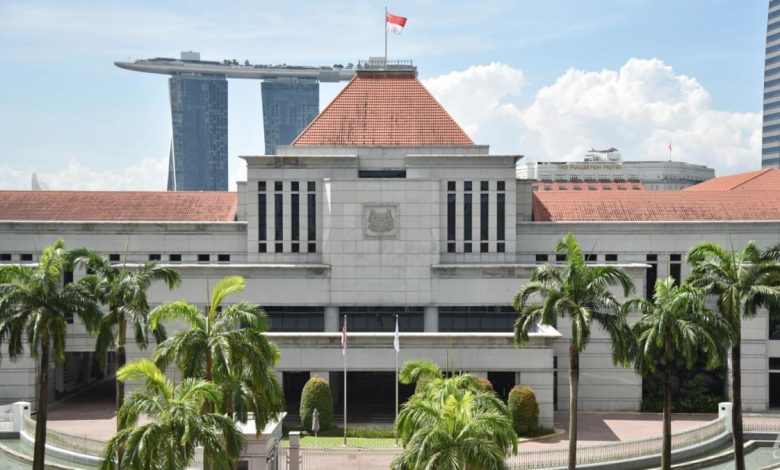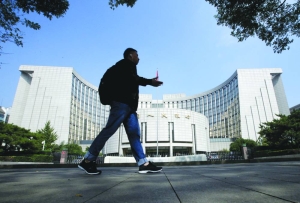Income-Allianz deal to be discussed in parliament after MPs raise questions

SINGAPORE: Concerns about the recent bid by German insurer Allianz to buy a majority stake in Income Insurance will be discussed when parliament sits on Tuesday (Aug 6).
Several Members of Parliament have filed questions on the matter.
Mr Liang Eng Hwa (PAP-Bukit Panjang), for instance, asked how the proposed sale would affect the affordability and availability of essential insurance products to mass consumers and small enterprises in the long term.
Mr Don Wee (PAP-Chua Chu Kang) asked whether the government will work with the National Trades Union Congress (NTUC) to assess the potential impact on Income’s social mission if it is acquired by a foreign-listed profit-driven commercial entity.
Mr Saktiandi Supaat (PAP-Bishan-Toa Payoh) asked whether the Monetary Authority of Singapore (MAS) could take any steps to ensure that Income Insurance continues to provide accessible insurance products to Singaporeans.
Ms He Ting Ru (WP-Sengkang) asked about the MAS’ assessment of the impact of the deal on the social mission of Income Insurance, and whether there are avenues available for policyholders to address their concerns.
Mr Leong Mun Wai, a Non-Constituency MP from the Progress Singapore Party (PSP), asked how the government will continue to support the co-operative movement in providing Singaporeans with affordable essential goods and services in the future.
Income Insurance was set up in 1970 to provide affordable insurance to under-served workers. It was corporatised in 2022.





